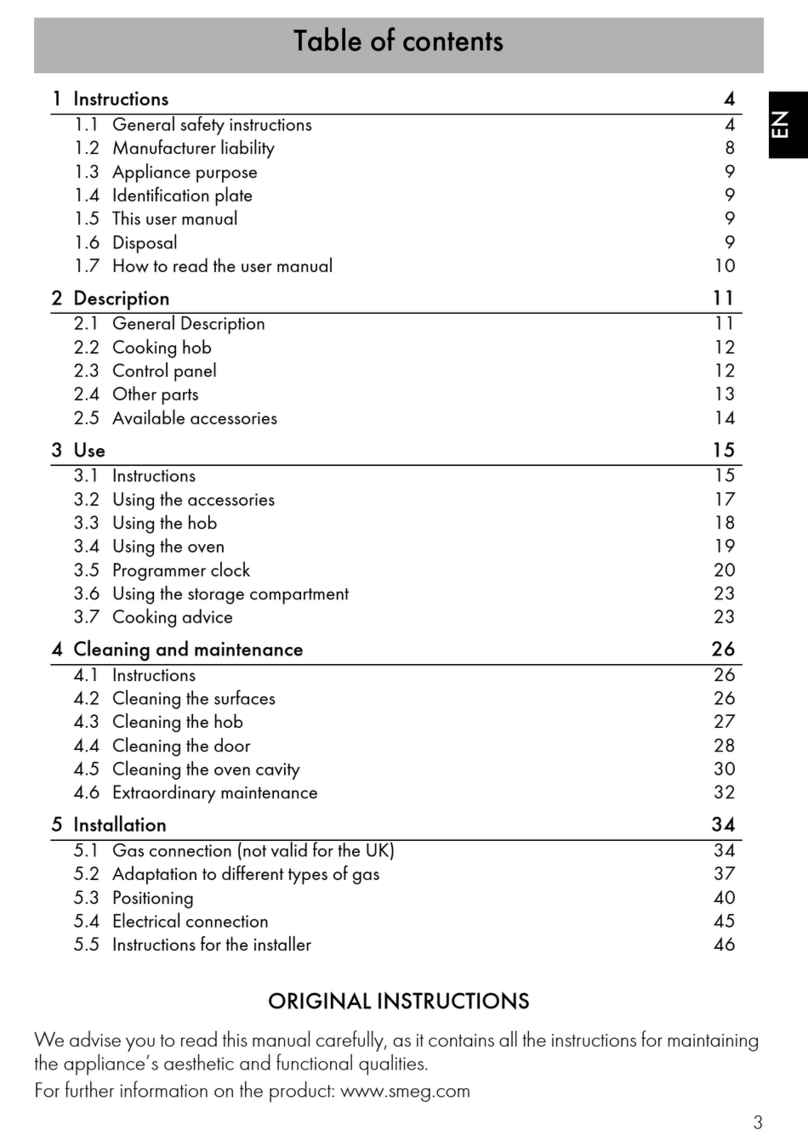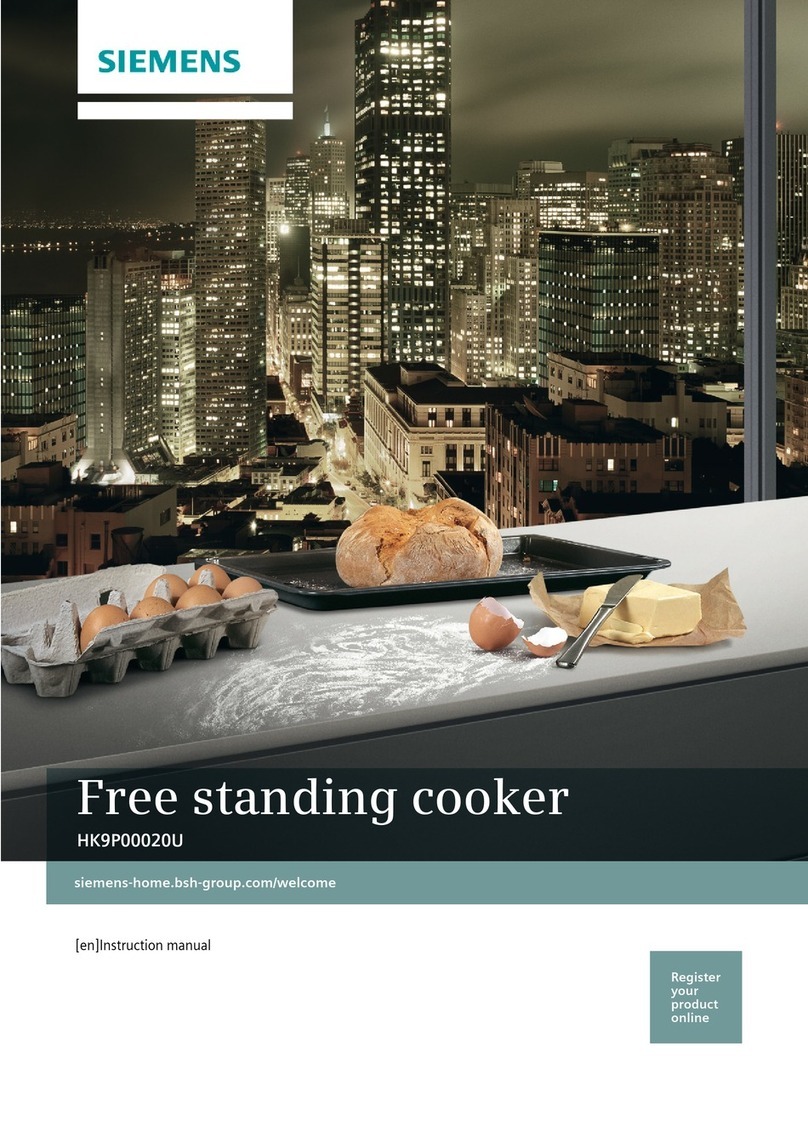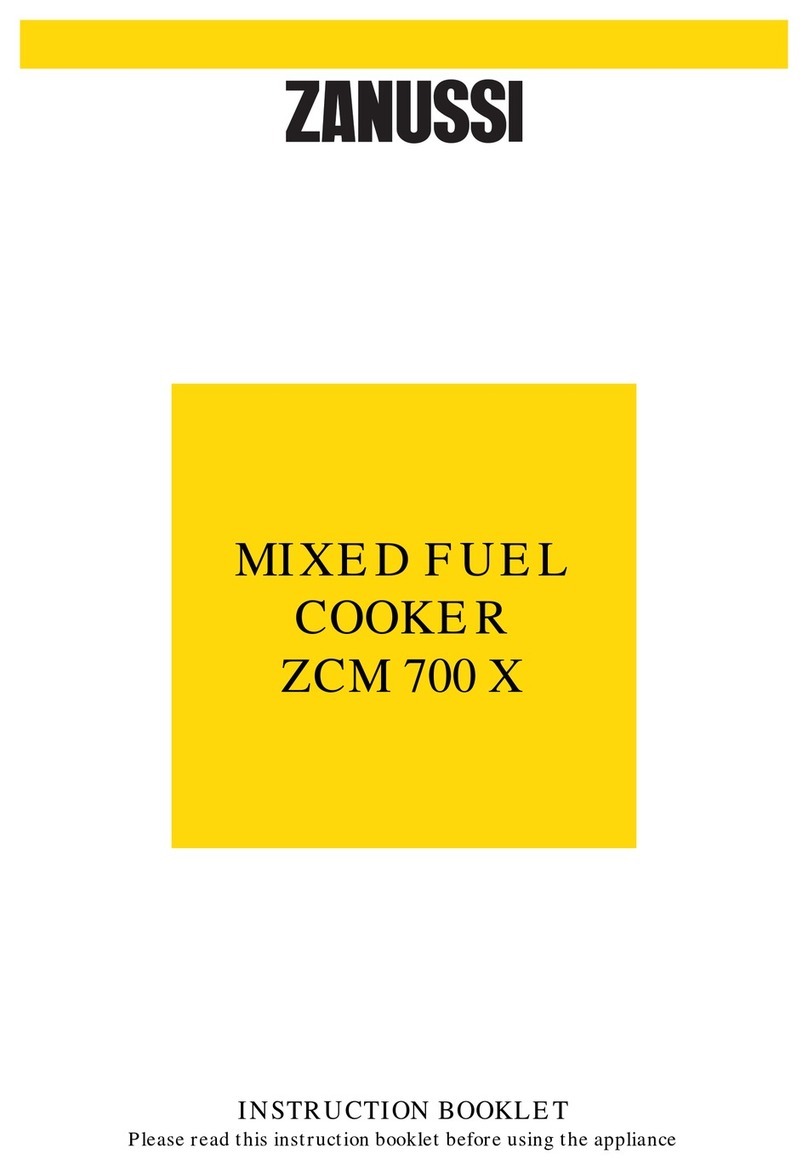Smeg SUK92CMX User manual
Other Smeg Cooker manuals
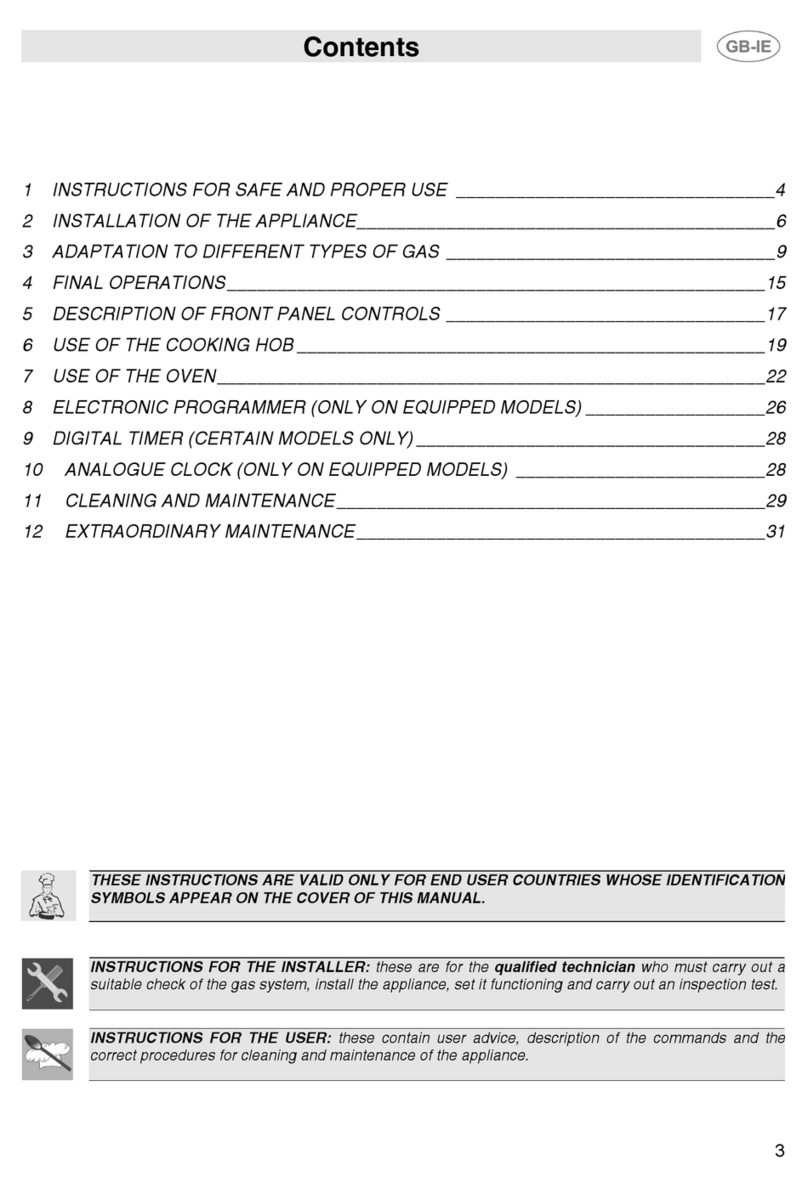
Smeg
Smeg CB61ME User manual

Smeg
Smeg Portofino CPF9IPYW User manual
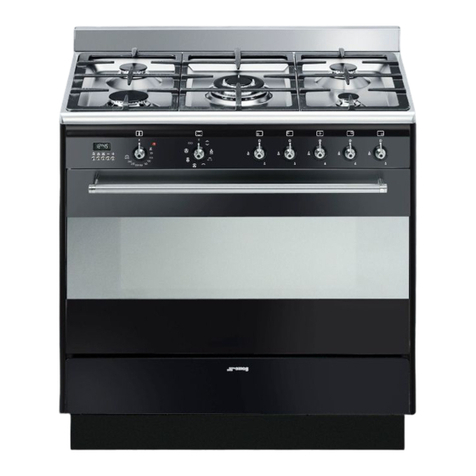
Smeg
Smeg SUK91MBL9 User manual
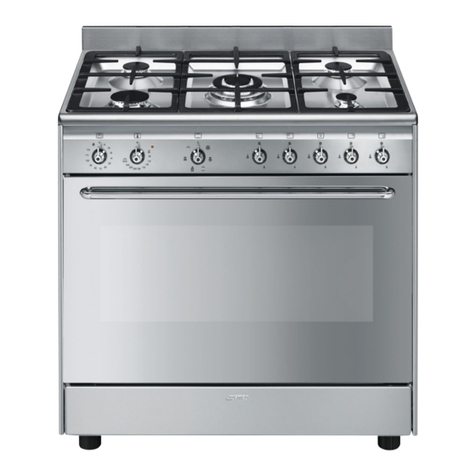
Smeg
Smeg FS9010XS User manual

Smeg
Smeg Concerto SX91MDS9 User manual
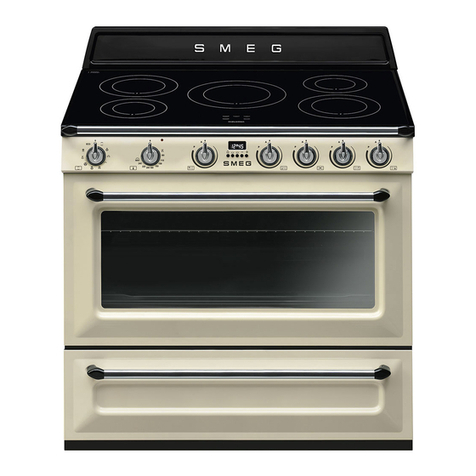
Smeg
Smeg TR90 Instruction Manual

Smeg
Smeg TR90DGM9 User manual
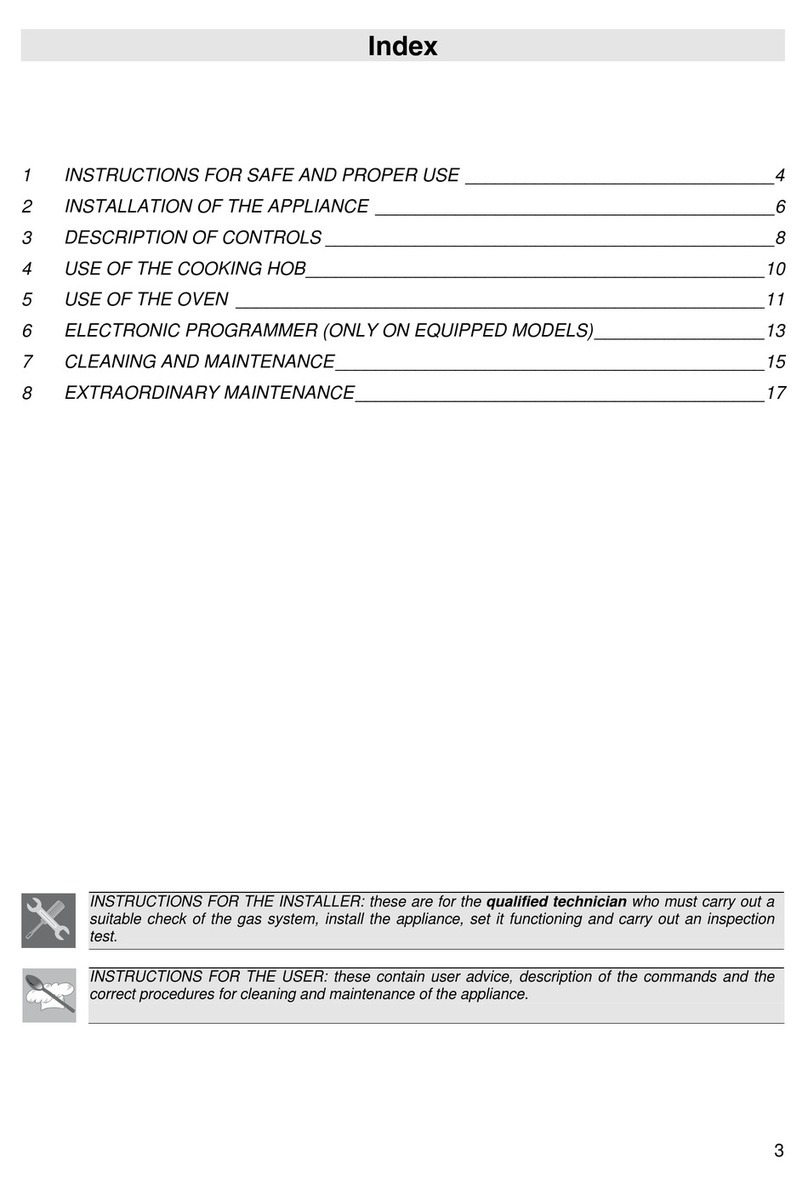
Smeg
Smeg FS67MFX User manual

Smeg
Smeg Classic User manual
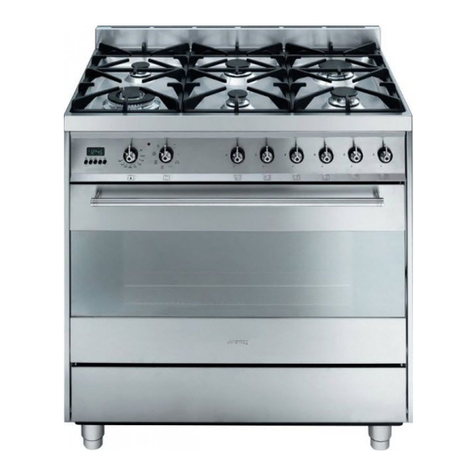
Smeg
Smeg C9GMXA User manual
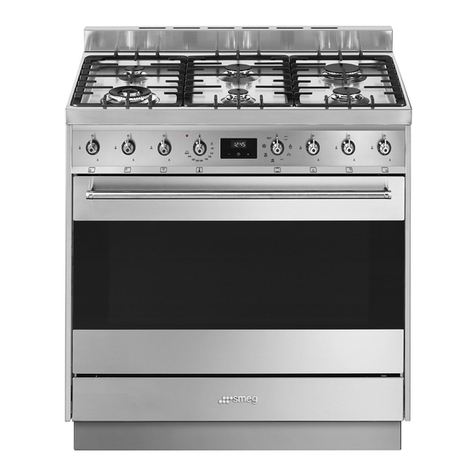
Smeg
Smeg CSP9GMXA-1 User manual

Smeg
Smeg CO61GMA User manual

Smeg
Smeg CS95GMBNA User manual
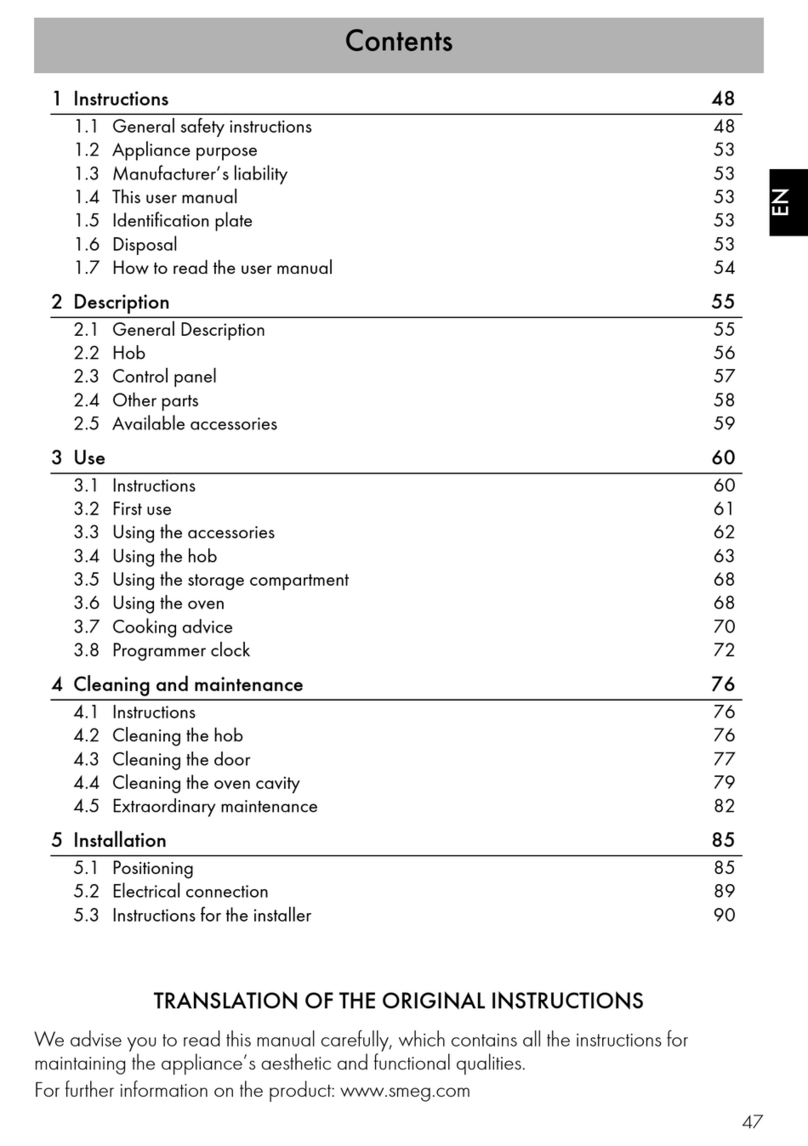
Smeg
Smeg TR60IP User manual

Smeg
Smeg FS61XNG8-1 User manual
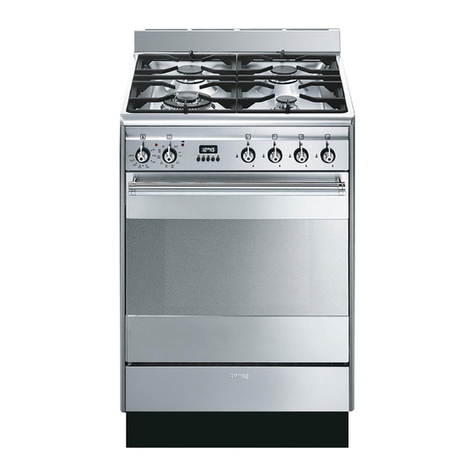
Smeg
Smeg SUK61PX8 User manual

Smeg
Smeg Portofino Aesthetic CPF120IGMPWH User manual

Smeg
Smeg Symphony SY93IBL User manual
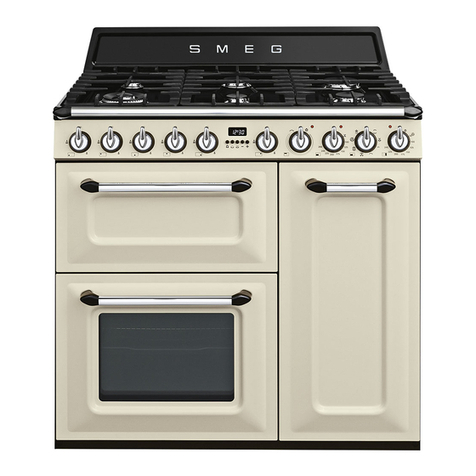
Smeg
Smeg TR93P User manual

Smeg
Smeg CE6IMX User manual
Popular Cooker manuals by other brands

RiverGrille
RiverGrille TF2002501-RG Assembly instruction

Vollrath
Vollrath 69504F Operator's manual
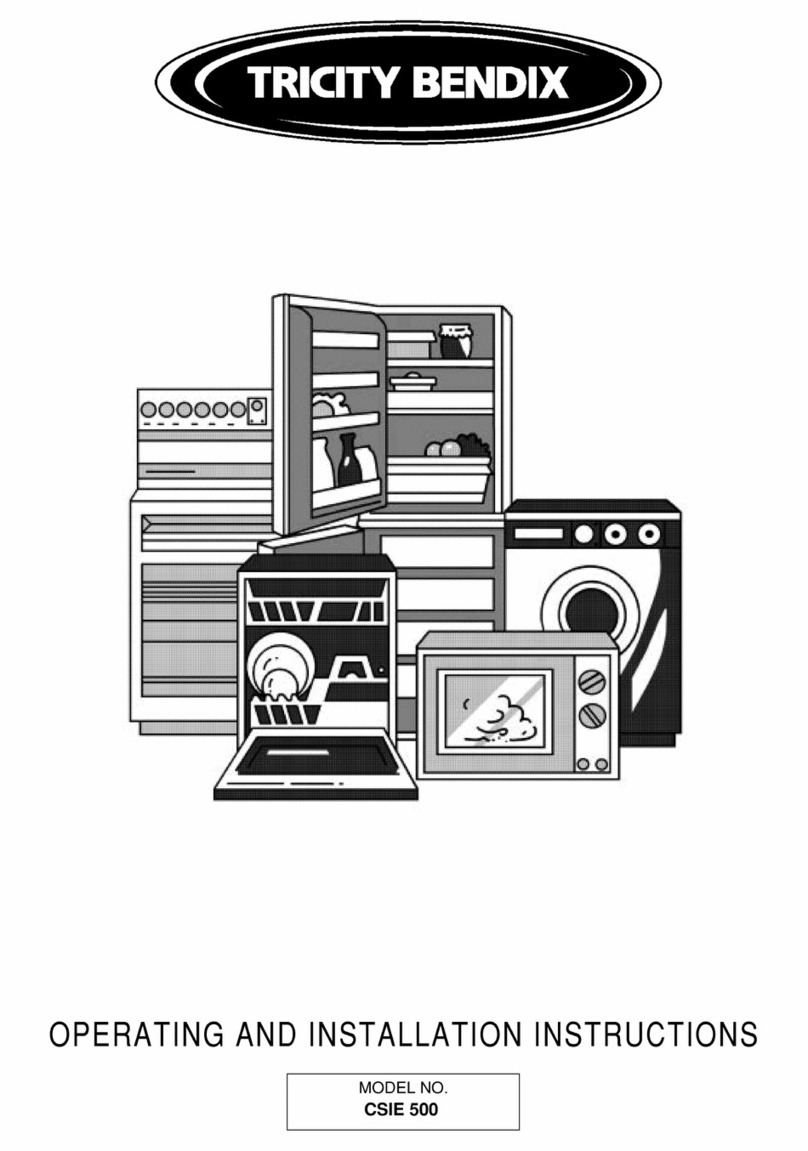
Tricity Bendix
Tricity Bendix CSIE500 Operating and installation instructions
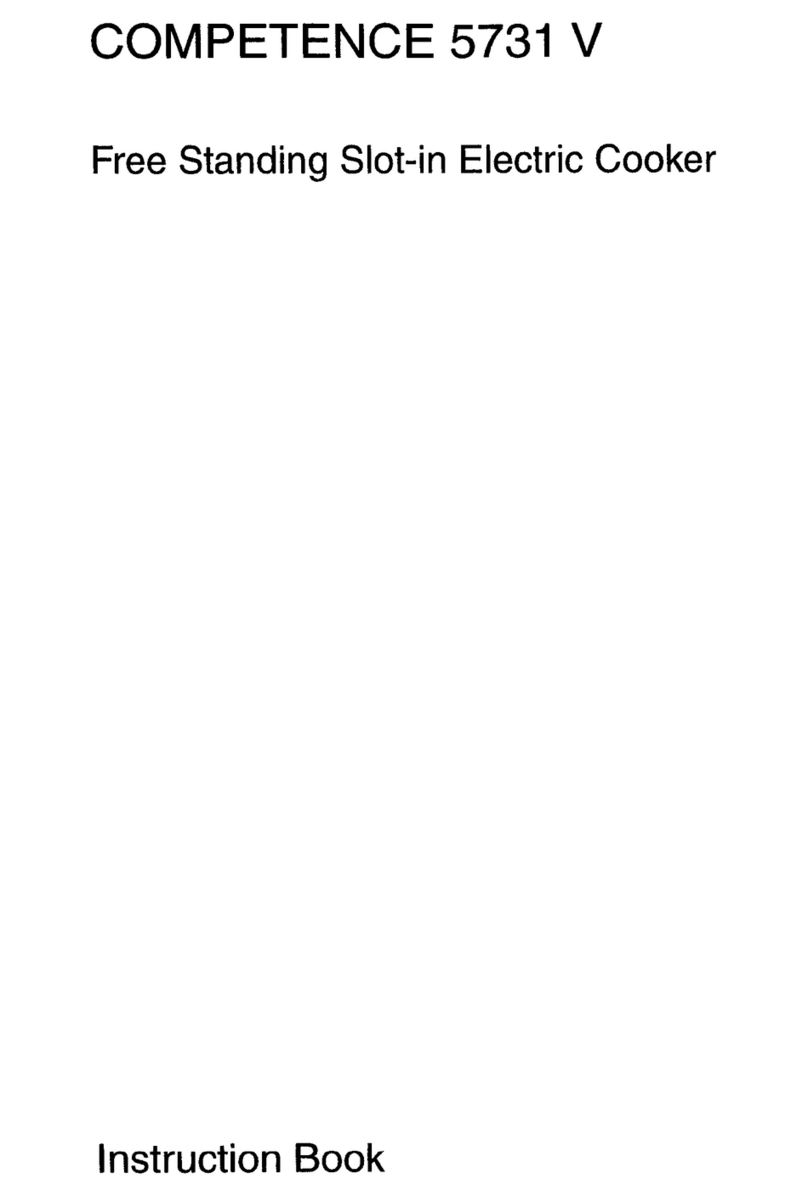
AEG
AEG Competence 5731 V Instruction book

Euromaid
Euromaid ES60 Installation and operation manual

Hotpoint
Hotpoint HUI 62 TP Instructions for installation and use


